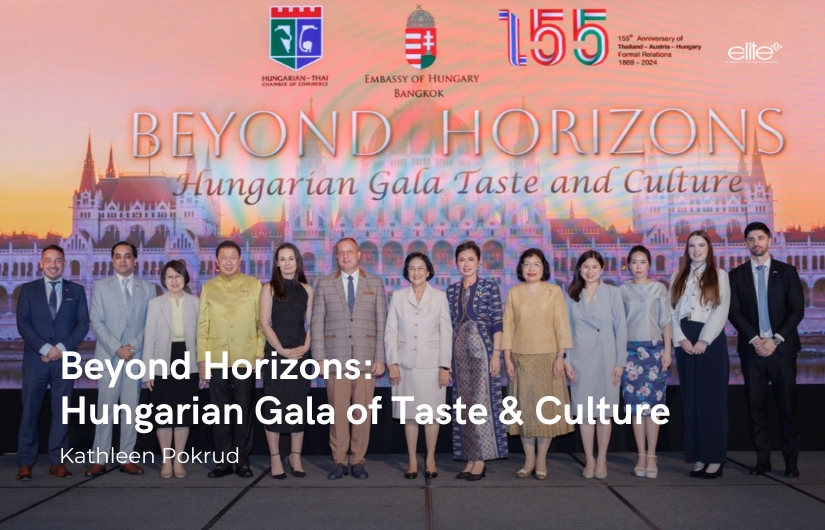Bhutan Cuisine Of The Enchanting Himalayan Kingdom
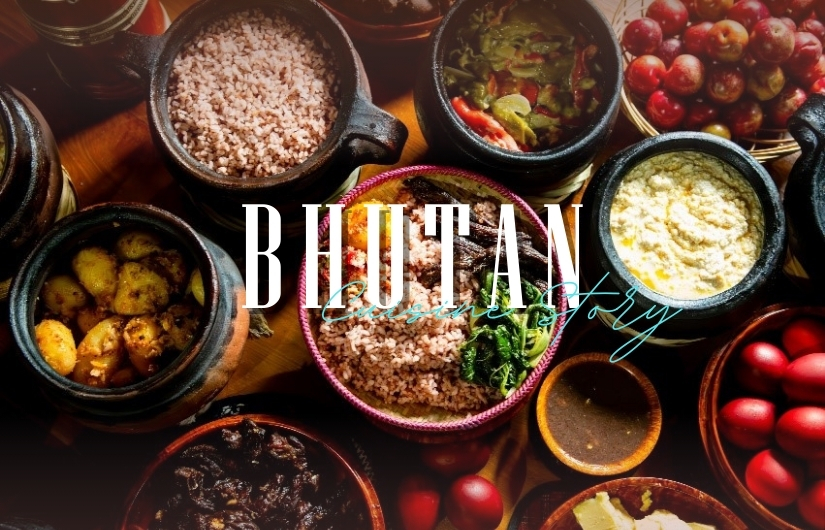
Bhutan Cuisine of the Enchanting Himalayan Kingdom
By Kathleen Pokrud
As a landlocked country located in the Eastern Himalayas, Bhutanese culinary tradition is deeply rooted in its rich history and cultural heritage, shaped by its geographic position and historical interactions. In the past, as a vital hub along the Silk Road, Bhutan played a crucial role in trade between Assam, Bengal and Tibet, exchanging goods such as ponies, textiles and spices for essentials such as dried fish, rice and salt. I sat down with HE Ambassador Kinzang Dorji to discuss the traditional food culture of Bhutan, often described as the Shangri-La of the Himalayas.
Ambassador Dorji began by explaining the history of Bhutanese cuisine. “Traditionally, Bhutanese dishes centred around the crops cultivated given our geographic location. As a result, the diet consisted mainly of staple ingredients such as rice, maize and buckwheat, along with dairy products, like cheese and butter. Meat, especially pork and beef, was also consumed, reflecting the nomadic lifestyle of many Bhutanese. Their diet comprised lots of carbohydrates, fat and protein. People living in the high-altitude areas with severe weather consumed dried meat and vegetables, with no refrigeration or fresh produce available in the severe winters, which continues to this day. Gradually, trading and migration of Tibetans offered Bhutanese a new food culture and by incorporating new ingredients and adaptation, Bhutanese food developed its own unique character.”

Bhutanese food is not as widely known as other Asian cuisines. Ambassador Dorji said that it has gained recognition and popularity in certain parts of the world, primarily due to increasing global interest in diverse culinary experiences and Bhutan's growing tourism industry.
“The growing numbers of tourists visiting Bhutan over the years have exposed them to authentic local dishes as part of their cultural experience, and this has helped raise awareness of Bhutanese food internationally. Secondly, as more Bhutanese cultural events and festivals are held in various countries, this has provided a platform for showcasing Bhutanese cuisine. Thirdly, social media platforms and food blogging have also played a significant role in popularizing Bhutanese cuisine. These influencers have contributed to its visibility. Lastly, as Bhutanese communities increase in cities known for their diverse food scenes, a small number of restaurants specialising in Bhutanese cuisine have appeared. For example, Bhutanese red rice, renowned for its nutty flavour and nutritional value, is increasingly sought after in various markets, and Bhutanese spices, like red and green chilies are gaining popularity for their unique heat and aroma.”
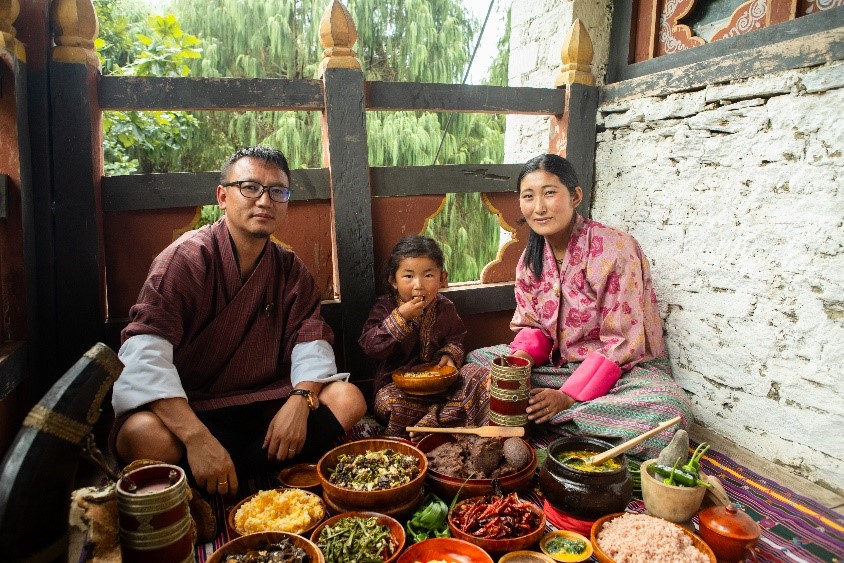
Ambassador Dorji admitted that Bhutanese cuisine is an integral part of the country’s cultural identity, reflecting its history, geography, traditional cooking techniques and culinary rituals passed down through generations, preserving Bhutan's culinary heritage. “Revolving around the agricultural calendar, we enjoy meals featuring seasonal ingredients sourced locally, showcasing the bold flavours that define the culinary landscape of the nation.”
He went on, “Food holds great significance in Bhutanese culture, often serving as a symbol of hospitality and community. Meals are typically shared among family and friends, and traditional Bhutanese etiquette emphasises respect for food and the act of eating together. Overall, food in Bhutan serves as more than just sustenance; it is a symbol of cultural heritage, social cohesion and spiritual values, embodying the essence of Bhutanese identity and way of life.”
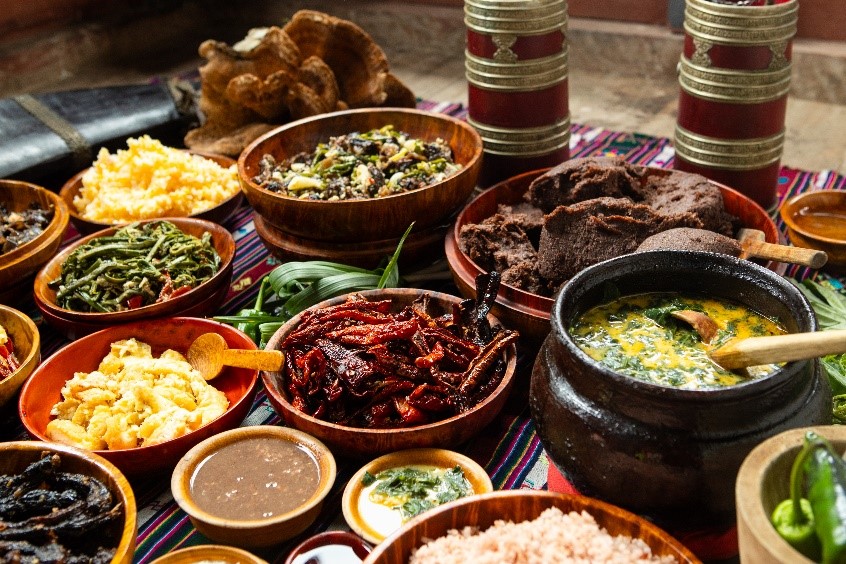
Bhutanese cuisine is characterized by its bold flavours, often incorporating spicy chili peppers, fermented foods and a variety of herbs and spices. A signature element of Bhutanese cooking is the extensive use of chili, which is considered essential in almost every dish. “Our cuisine is characterized by its reliance on indigenous ingredients and traditional cooking methods. The dishes reflect the seasons, with seasonal produce playing a central role in meal preparation. Moreover, the ritual of food offering, deeply rooted in Bhutanese culture, adds a spiritual dimension to our culinary practices, fostering a sense of gratitude and reverence for nature’s bounty.
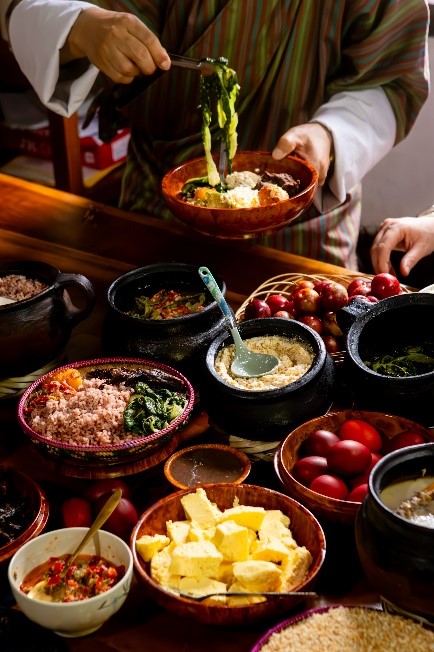
“Bhutanese cuisine has been shaped by our geographic location, historical interactions with neighbouring countries and cultural heritage. Tibetan and Indian influences are particularly prominent, evident in the use of spices, cooking methods and staple ingredients such as rice and dairy products. Additionally, Bhutan's Buddhist heritage has contributed to a predominantly vegetarian diet, although meat dishes remain popular.”
While Bhutan is a small country, there are regional variations in its cuisine, influenced by factors such as climate, topography and ethnic diversity. The availability of ingredients and local culinary traditions contribute to regional diversity in Bhutanese cuisine.
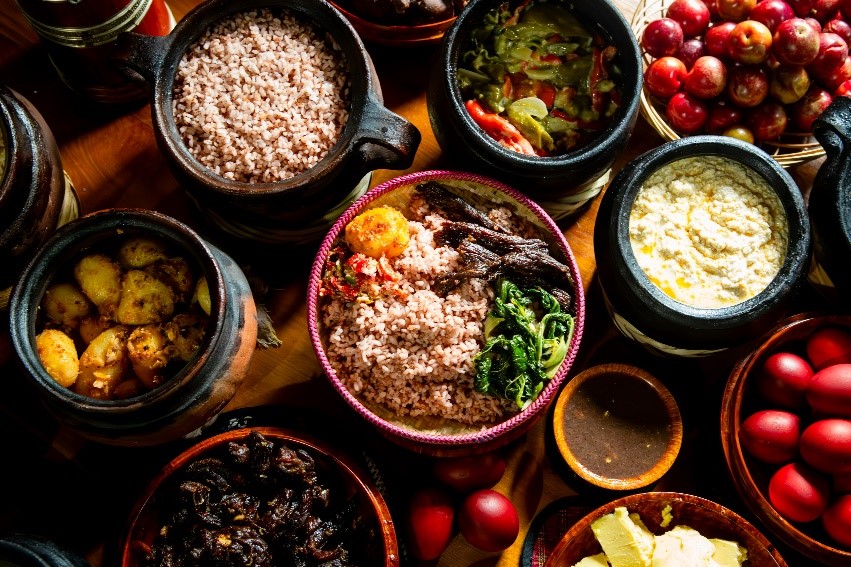
The ambassador explained, “In the western regions, like Punakha, Paro and Thimphu, red rice is a dietary staple, often accompanied by spicy meat or vegetable dishes. Dairy, especially cheese and butter, features prominently in dishes like ema datsi (chili and cheese stew). Moving to central areas such as Bumthang and Trongsa, buckwheat-based delicacies, like khuli (buckwheat pancakes), are favoured, along with dairy-rich beverages like butter tea. The fertile valleys offer a bounty of vegetables and fruits. In the east, including Trashigang and Mongar, rice takes precedence accompanied by a pork dish like ‘phaksha paa’ (spicy pork with chilies). Southern districts, like Tsirang, Samtse and Sarpang, boast a warmer climate conducive to growing tropical fruits alongside staple grains like rice, maize and millet. Influenced by Nepalese cuisine, dishes like ‘kewa datshi’ (potato and cheese stew) are relished. In the highlands and remote areas, traditional preservation methods are employed due to limited access to fresh produce. Barley and maize are staples, complementing dishes like ‘zow’ (barley flour porridge), while yak meat and tuberous vegetables add to the culinary diversity. These regional nuances embody Bhutan's rich landscape, heritage and culinary tapestry.”
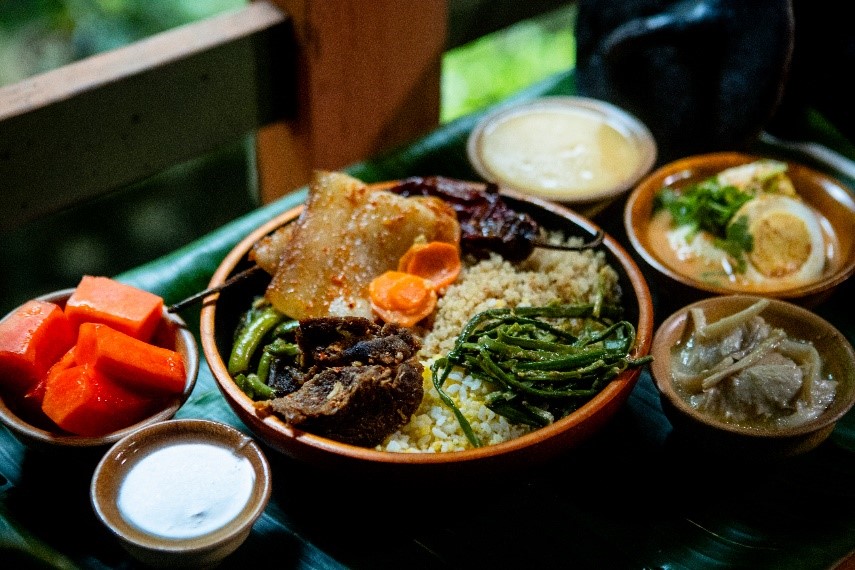
Ambassador Dorji stated, “To truly understand the richness of Bhutanese cuisine, one must embrace the nation’s deep affection for chili in all its forms – dried, fresh, ground and blanched. Chilies are a core ingredient of Bhutanese dishes, an essential ingredient in almost everything we create. In addition, Bhutanese food incorporates foraged ingredients, mushrooms, greens, ferns, herbs, wild tubers and bitter canes. These ingredients, infused with chilies and cheese in various stages of fermentation, form the essence of Bhutanese cooking, often fried with garlic, onions and ginger, adding depth to the dishes’ flavours, sometimes enhancing them with cold-dried meat. Bhutanese love for hearty meals extends to hot, spicy stews slow cooked for hours.”
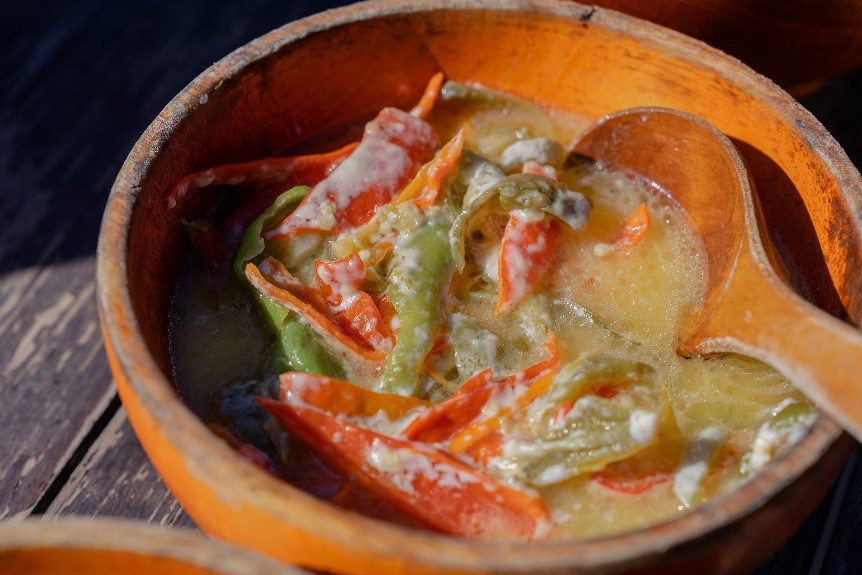
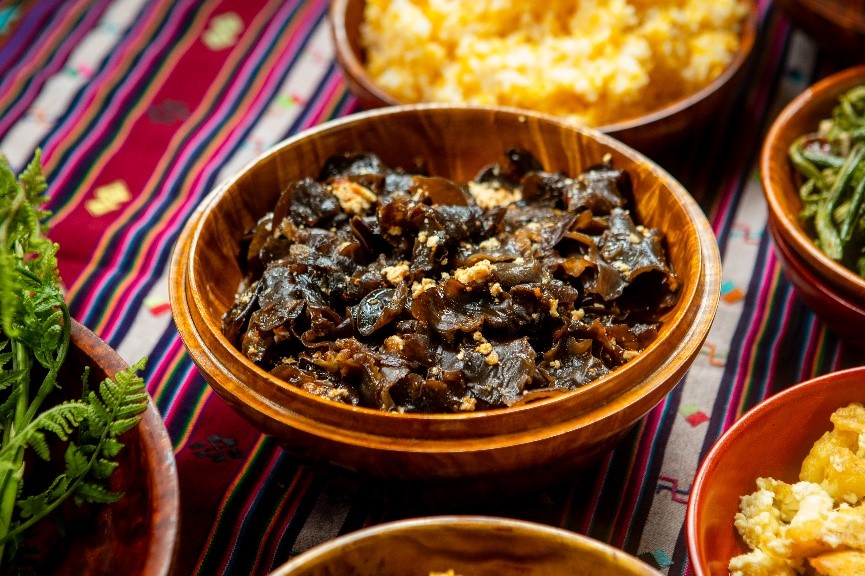
Ambassador Dorji reiterated that food culture in Bhutan has always remained true to its roots and origins, although traditional ingredients are being replaced by modern elements, and cooking methods are modernizing. “Chefs are taking Bhutanese dishes to a global platform by refining the food. While Bhutanese cuisine continues to evolve, efforts are being made to balance modern influences with the preservation of traditional culinary practices and cultural values. Ultimately, Bhutanese food remains an integral part of the country's identity, reflecting its rich heritage, cultural diversity and connection to the land.
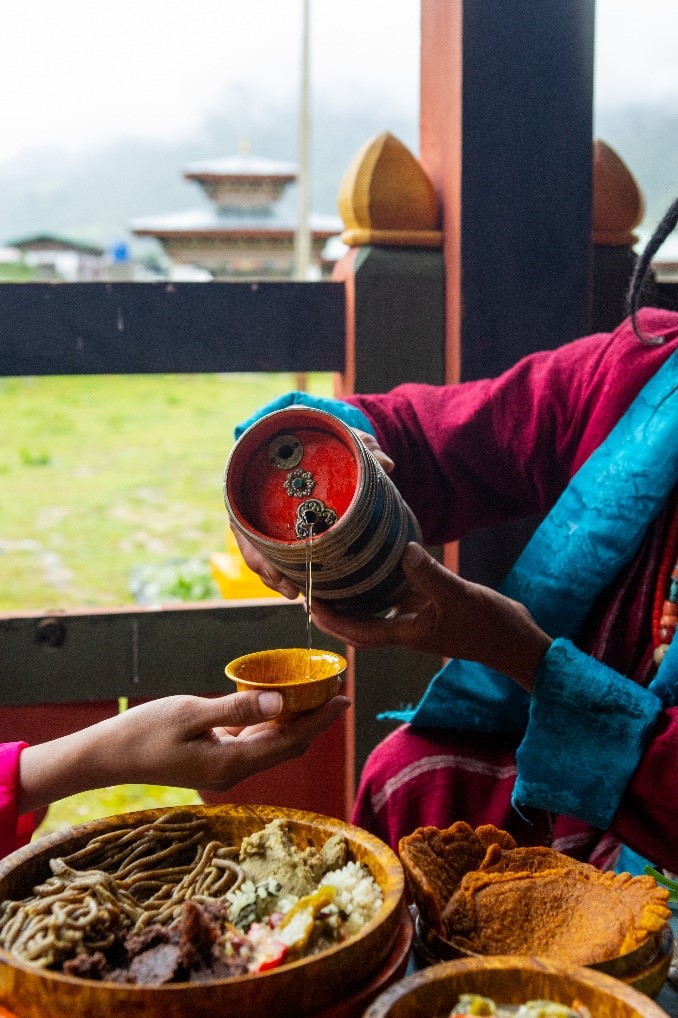
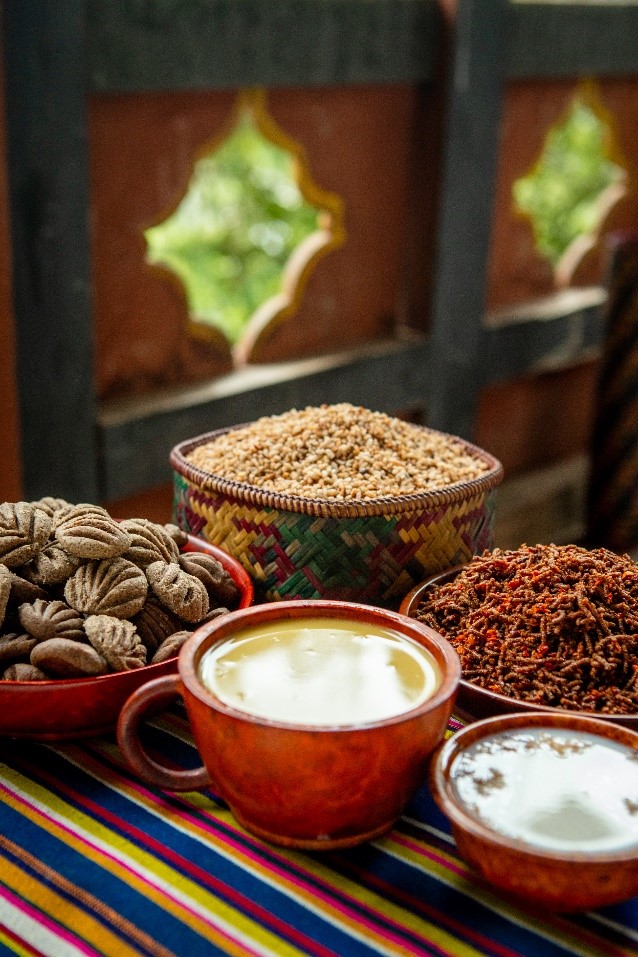

“Modern Bhutanese cuisine combines traditional flavours and techniques with contemporary culinary trends, offering a diverse range of dishes to cater to evolving tastes. Chefs and restaurateurs are experimenting with innovative twists on classic recipes, incorporating local ingredients in creative ways and presenting Bhutanese cuisine in a more refined and accessible manner. While preserving authenticity is important, modern Bhutanese cuisine reflects the country's ongoing culinary evolution and its place in the global gastronomic landscape.”
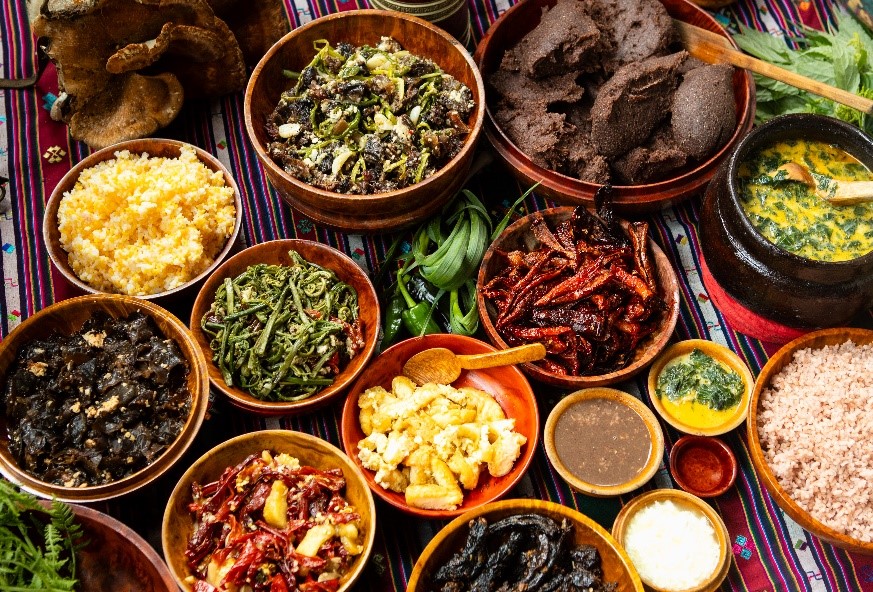
As our interview drew to a close, Ambassador Dorji proudly summarised, “Bhutanese cuisine is a rich tapestry of flavours, history and cultural traditions that continue to captivate the palates of those who experience it. From its humble origins rooted in agricultural abundance to its present-day embrace of innovation and diversity, Bhutanese food remains a source of pride and identity for the people of this enchanting Himalayan kingdom.”
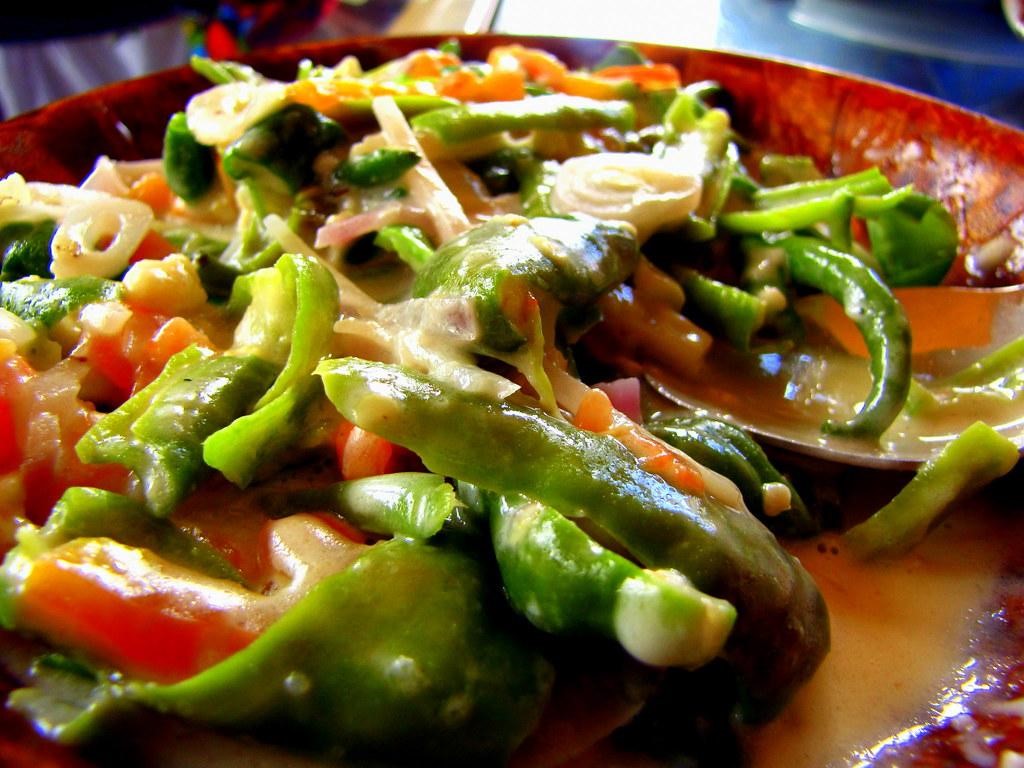


Kathleen Pokrud 147 Posts
In the business community, she serves on the Board of Directors with the Thai-Hong Kong Trade Association. Kathy is on the Thailand Tatler Magazine Expat Society The 200 List. She is the Honorary Columnist and contributing writer to a few leading English magazines. She and her husband, RADM Dr Boonyarit Pokrud have one son who is currently based in Boston, USA.






